Memes are everywhere. If you open any of your social media apps right now, we’re willing to bet you’ll run across one or two right off the bat. However, these funny graphics are good for more than just a laugh – they can also be potent marketing tools if you know how to wield them.
To understand memes and unlock their full marketing potential, it’s important to examine the aspects that make them so accessible. Once we cover that, we’ll go over four tips for incorporating them into your marketing plan.
Let’s get to it!
Subscribe To Our Youtube Channel
What Are Memes (And Why Do They Get High Engagement Rates)?
By definition, “memes” are ideas that spread within a specific culture, through symbols or practices. They’re not exclusive to the web, although the internet and social media have helped them grow in popularity.
Internet memes are usually simple in their construction. They typically include an image or another type of visual cue combined with text that makes a pop-cultural reference, as in the example below:
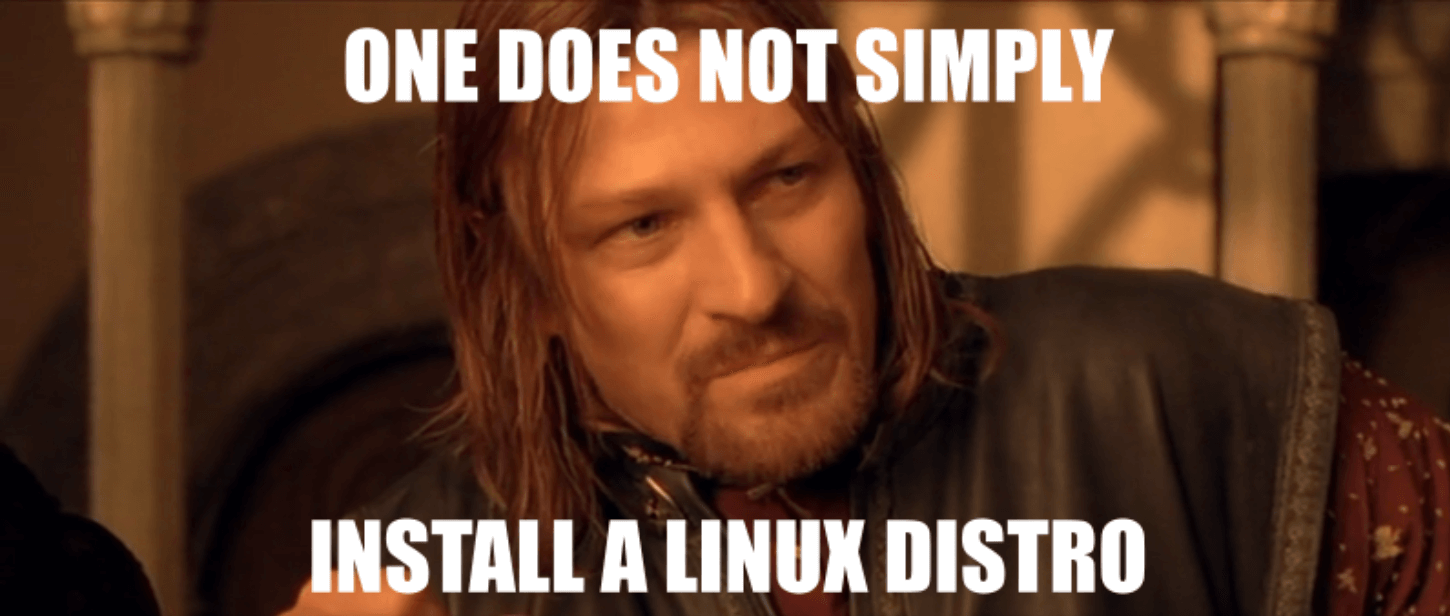
If you’ve spent enough time online, though, you know memes can have several layers of complexity. Some burn out rather quickly, making a splash for a few days and then disappearing:

Other memes have incredible longevity, persisting for years as part of “internet culture”. They provide us with an efficient way to share our thoughts on current events, poke fun at public figures, and much more.
The simplicity of internet meme templates also means they’re highly democratized. Anyone can create one, and it can succeed or fail depending on the message they choose and whether they have a platform to share it on.
Being both easy to create and share makes memes powerful communication tools. The cherry on top is they tend to be humorous, which makes for a potent combination.
How Do Memes Fit into Marketing?
Memes often spread like wildfire. It’s usually impossible to escape popular ones if you spend any time on social media. Their ease of replicability keeps us all inside the pop-culture loop. However, it’s also something you can exploit as a marketer.
With the right marketing angle, users will share your memes without a second thought. This provides “free” publicity, so long as you can come up with the right combination of text and image to engage your audience.
You might include memes in various types of content you’re already creating as part of your marketing strategy, such as:
- Your brand’s social media posts
- A regularly scheduled email newsletter
- Posts for your company blog
Unfortunately, there are plenty of businesses and brands that just don’t “get” memes. Their attempts to produce viral content sometimes come across as trying too hard to appear relevant.
However, you can avoid falling into that trap. Meme-based marketing requires a fair amount of strategy to be successful, but with some careful planning, it can help get your brand name in front of your audience.
4 Tips for Using Memes in Your Marketing Plan
A big part of creating engaging, highly-marketable memes relies on a broad knowledge of pop-culture. Beyond that, however, there are several actionable steps you can take to make this strategy work for your brand. We’ve considered four of them below.
1. Use Memes that Fit With Your Brand Image
Not all memes fit with all kinds of businesses. The ones you use for marketing need to be at least tangentially related to your brand. To do that, they should meet at least one of these three criteria:
- The pop-culture reference targets your brand audience
- The text references events or news related to your business
- The content pokes fun at your competitors (or your own company)
Wendy’s, in particular, has a reputation for their acerbic social media replies. That means this meme fits perfectly with criteria number two:
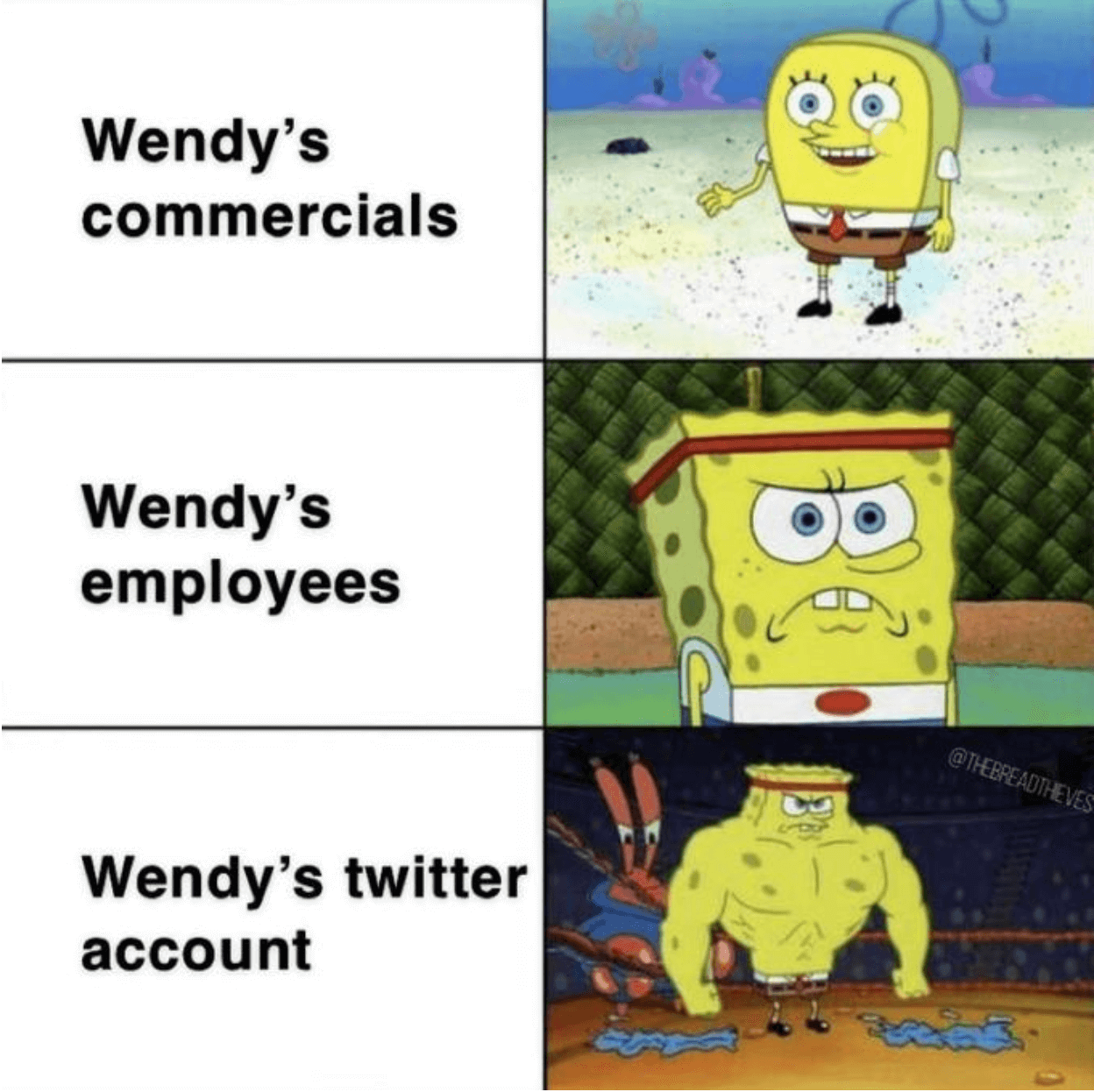
Creating and sharing memes that don’t have anything to do with your business might result in a little bit of engagement. However, it doesn’t do anything to boost your brand awareness or increase conversions, which makes it a relatively poor marketing strategy.
2. React to Recent Events or Trending Topics
Jokes are all about timing, and in most cases, so are memes. Putting aside a few classic examples, it’s important to strike (or rather, share) while the iron is hot.
Consider the Kanye West example we used earlier in this post. This meme is a reference to the 2009 MTV Video Music Awards. While those who remember the incident that inspired it may still find it funny, it’s not going to elicit as much engagement as it would have ten years ago.
If you keep up with the news, you’ll likely find plenty of opportunities to create or adapt memes for your marketing needs. It’s all about creativity and finding a funny angle.
Additionally, you’ll notice that certain images become very popular for short periods of time. At the moment, this “woman yelling at a cat” meme is particularly prevalent:

People have taken to customizing it with their own text and resharing it. You could do the same, incorporating some message relevant to your brand. However, jumping on every meme bandwagon isn’t a solid strategy.
Trendy memes emerge and disappear with breakneck frequency. You always run the risk of getting to the party too late and looking like you’re behind the times.
3. Engage With Users that Create Memes Around Your Brand
Sometimes, it’s your very own users who will create memes you can use to point attention towards your brand. Take this example from Barkbox:
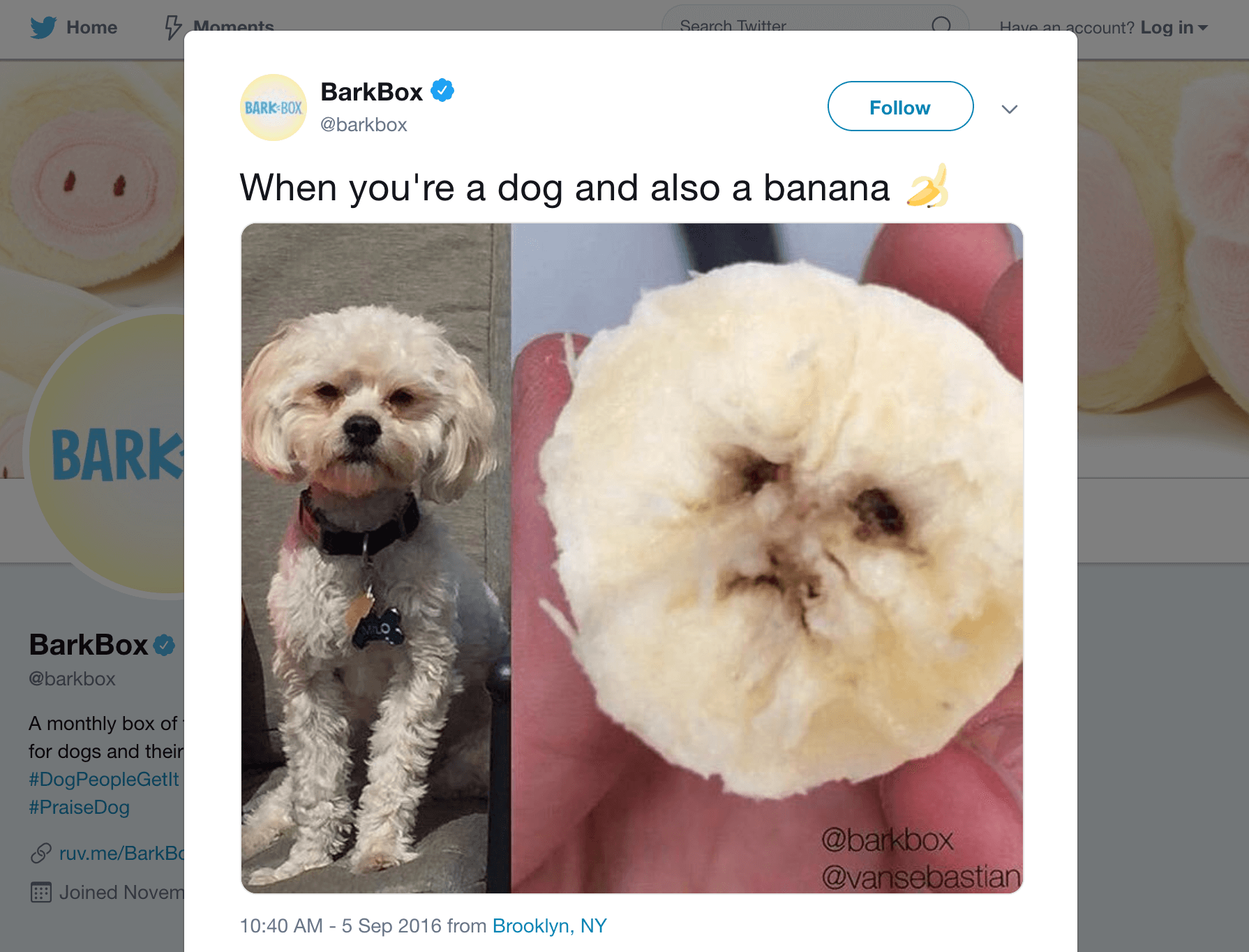
They shared this user-generated meme on their social media pages. This strategy worked for a couple of reasons:
- Barkbox tagged the original poster, giving credit where it’s due.
- The meme fits with their brand voice, which tends to be very lighthearted.
- The image caters to their target audience (dog owners).
If you’re going to share user-created memes to drum up business, it’s only good manners to provide attribution. Plus, it signals to other people that if they rise to the challenge, they too can get a shoutout.
This may encourage more followers to generate memes – and therefore marketing content – for your brand. Once again, however, you want to be picky about which ones you share. Quality will take you much farther than quantity.
4. Don’t Try Too Hard
Trying “too hard” is perhaps the most common pitfall that brands encounter when it comes to meme-based marketing. This usually involves:
- Creating and sharing unfunny memes
- Spamming your followers with new memes all the time
- Not having a grasp on how specific meme templates work
The first aspect is often the most difficult, since what’s considered “funny” can be so subjective. If you want to play it safe, it’s always a smart move to “beta test” your memes by running them past your team.
In many cases, it’s best to use meme marketing sparingly. Save these posts for when you’re absolutely sure you have something witty and engaging in the pipeline. That way, you won’t spam your followers. Plus, when you do share this type of content, it’ll come as a nice surprise.
Finally, if you’re going to reuse a popular meme template, make sure you know what the final result should look like. The text you pair with the image should mirror the original content. Otherwise, you could end up appearing out of the loop, like this unfortunate example:
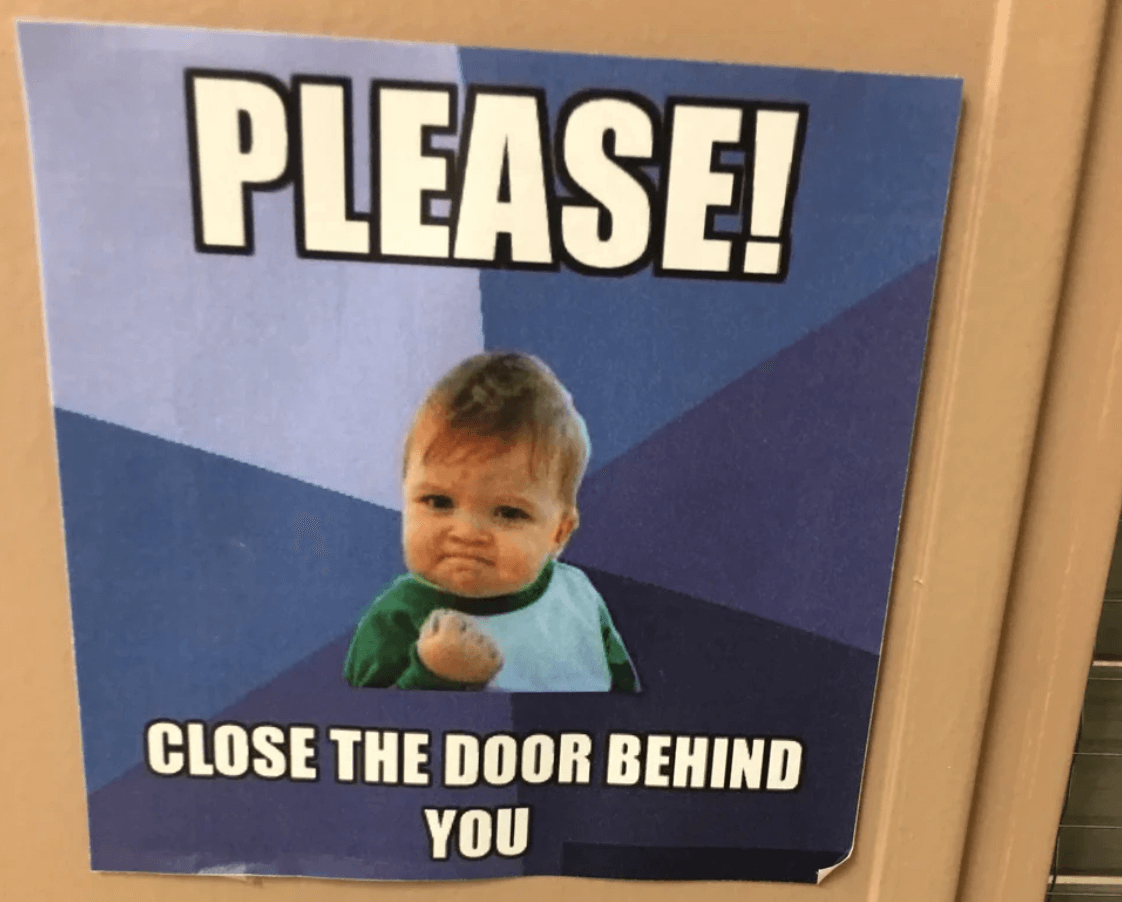
The image of “Success Kid” is typically used with text describing some sort of small victory, such as “Late to work – boss was even later”. The above example’s “Please! Close the door behind you” doesn’t match the original template, making it seem like the creator was trying too hard to be trendy.
Conclusion
Memes are a precise combination of visual cues with pop-cultural shorthand that results in entertaining viral posts. Understanding how this combination works can help you spice up your marketing strategy.
If you want to use memes as part of your marketing plan, keep these four tips in mind:
- Use memes that fit with your brand image.
- React to recent events or trending topics.
- Engage with users that create memes around your brand.
- Don’t try too hard.
Do you have any questions about how to use memes as part of your marketing plan? Ask away in the comments section below!
Article image thumbnail by Darya Sarakouskaya / shutterstock.com

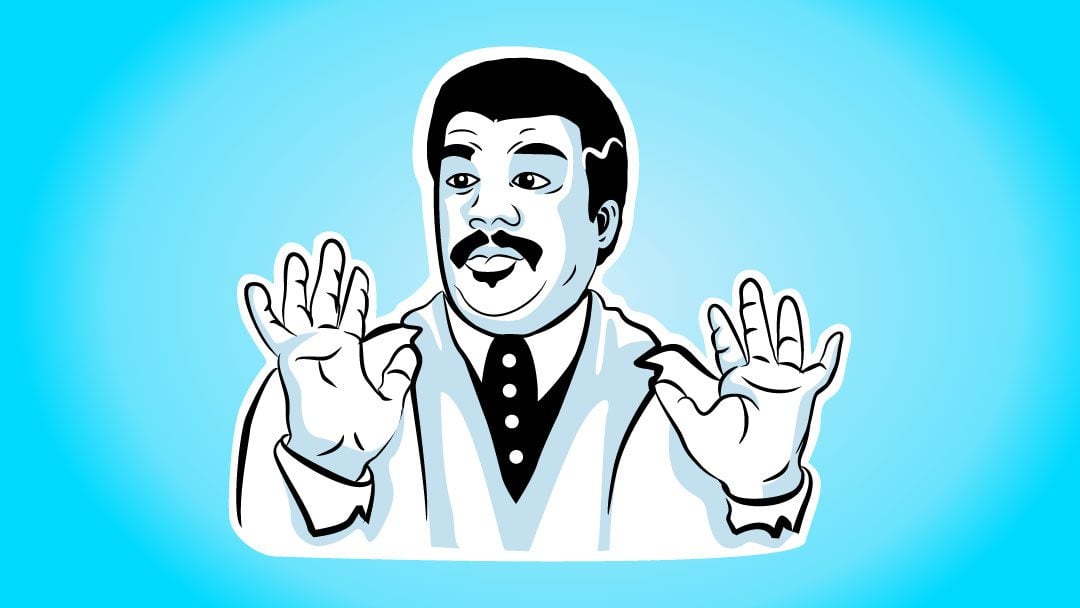







Hey Will, that was an awesome read, really some out-of-the-box stuff to think about. We have a funeral company in Italy called Taffo, who got really famous just with memes and newsjacking. Take a look if you have time, it’s impressive!